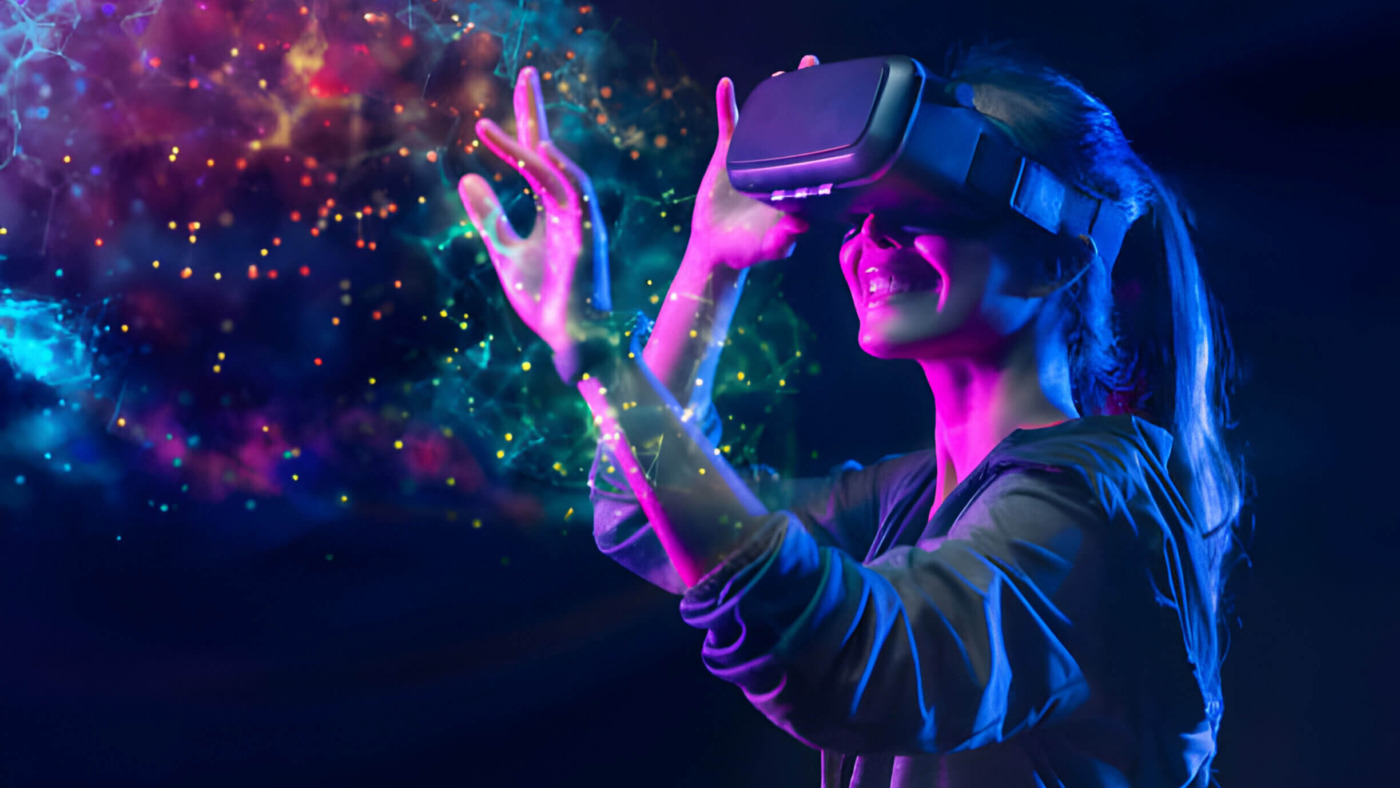In the fast-paced world of digital marketing, staying ahead of the curve is essential. One technology that’s making a significant impact and changing the way businesses engage with their audience is Augmented Reality (AR). This blog explores the transformative role of AR in marketing, unveiling its potential, emerging trends, and effective strategies.
Understanding Augmented Reality Marketing
1. Engaging Customer Experiences
Augmented Reality offers immersive and interactive experiences, enhancing customer engagement. Brands can create AR applications that allow users to visualize products in real-world settings before making a purchase decision.
2. Bridging Online and Offline Worlds
AR seamlessly integrates the virtual and physical worlds, providing a bridge between online and offline marketing efforts. This not only enriches customer experiences but also boosts brand recognition.
3. Interactive Product Demos
Gone are the days of static product images. AR enables businesses to create dynamic and interactive product demos, allowing customers to explore and interact with products virtually.
The Key Benefits of Augmented Reality Marketing
1. Enhanced User Engagement
AR captivates audiences by providing engaging and memorable experiences, resulting in increased user interaction and longer session times.
2. Boosting Conversion Rates
With the ability to visualize products in real-world scenarios, customers gain a better understanding of what they are purchasing, ultimately boosting conversion rates.
3. Building Brand Loyalty
Brands that leverage AR for marketing stand out as innovators. This not only attracts new customers but also fosters loyalty among existing ones who appreciate the cutting-edge approach.
Emerging Trends in Augmented Reality Marketing
1. Social Media Integration
AR filters and effects on platforms like Instagram and Snapchat are becoming increasingly popular. Brands can leverage these features to create viral marketing campaigns.
2. AR-powered Advertising
Augmented Reality is finding its way into traditional advertising channels, creating a more interactive and engaging experience for viewers.
3. Gamification
Incorporating gamification elements through AR enhances user participation and creates a sense of enjoyment, making marketing campaigns more memorable.
Effective Strategies for Implementing Augmented Reality in Marketing
1. Understand Your Audience
Tailor AR experiences to your target audience’s preferences and behaviors to ensure maximum impact.
2. Simplicity is Key
Keep AR experiences simple and user-friendly to encourage widespread adoption.
3. Data Analytics
Leverage data analytics to understand user interactions with AR content and refine your strategies accordingly.
Conclusion
Augmented Reality marketing is not just a trend; it’s a transformative force reshaping the marketing landscape. By embracing AR, businesses can create unique and unforgettable experiences, standing out in the crowded digital space. As technology continues to evolve, integrating augmented reality into marketing strategies will become not just an option but a necessity for brands looking to thrive in the future.


Add a Comment